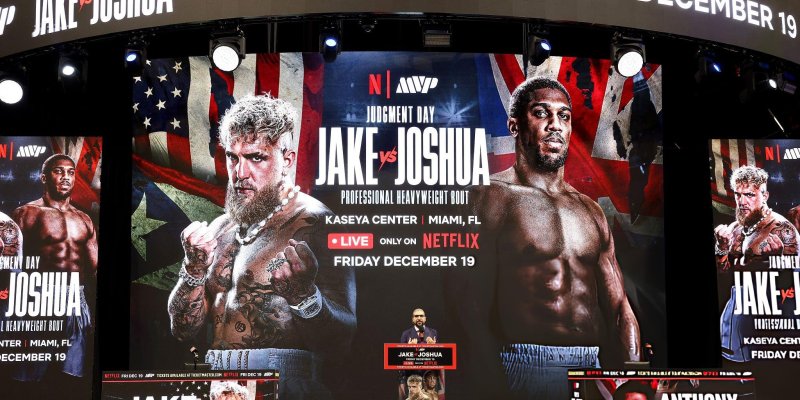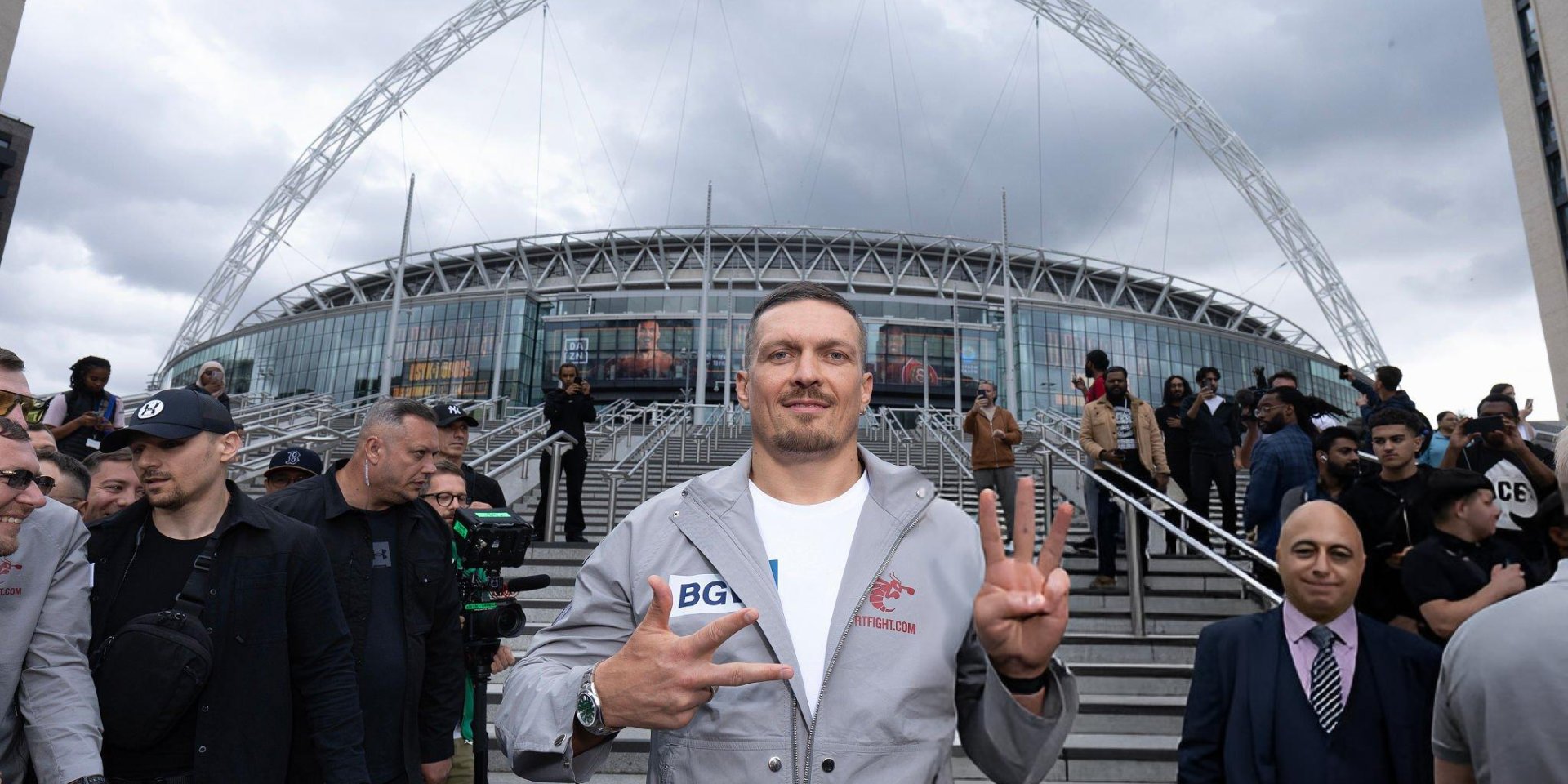
On 19 July Oleksandr Usyk steps into the Wembley ring at 38, chasing the undisputed crown. In heavyweight boxing that age usually means legends have either hung up their gloves or are desperately trying to cheat time. Yet the Ukrainian shows no dip in form: still light on his feet, still masterful with his footwork. To grasp how unique this is, let’s recall what other great heavyweights faced when they turned 38.
Muhammad Ali — A Shadow of Greatness and a Fateful Return
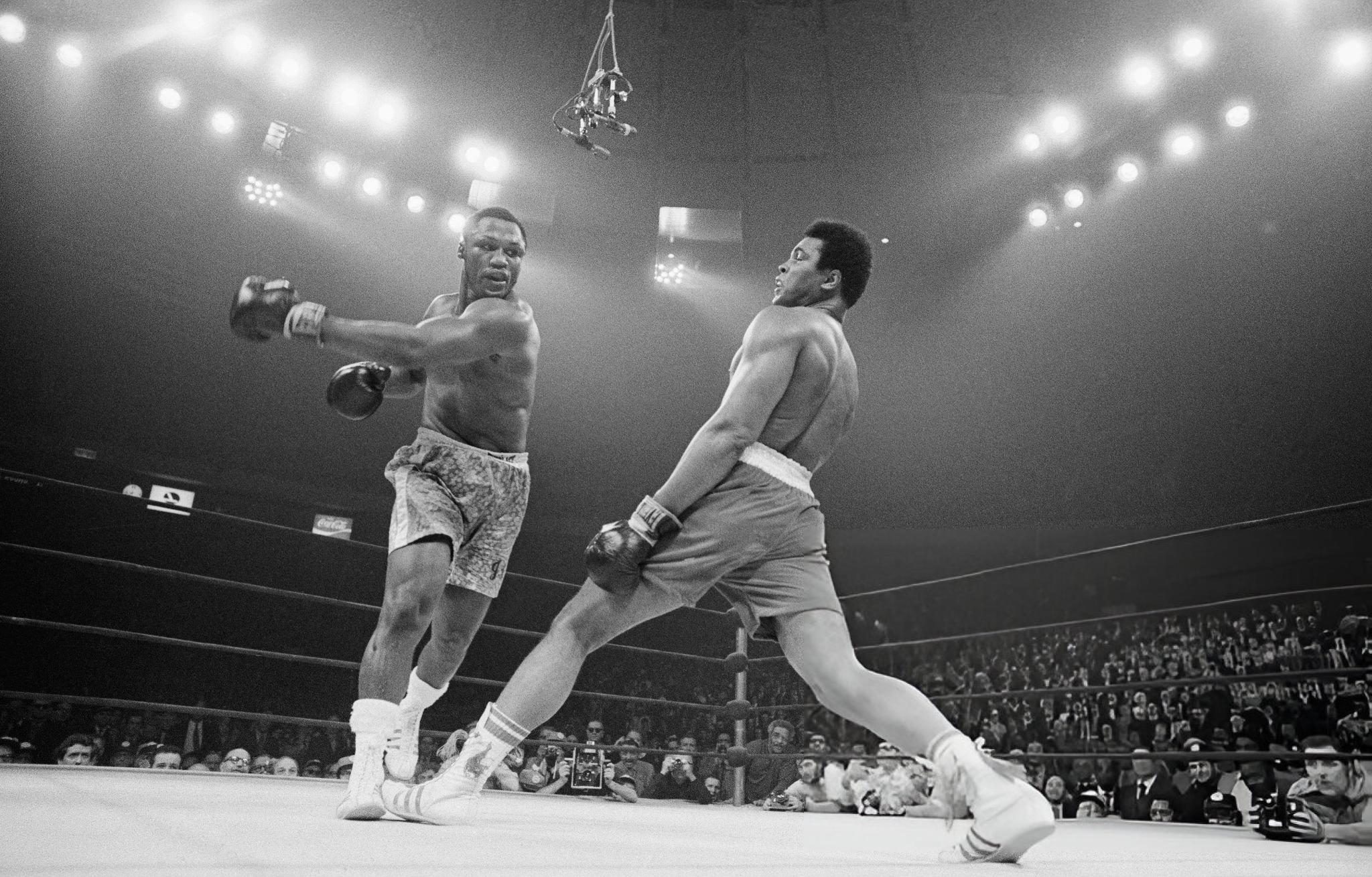
Ali reached 38 with a stellar 56-3 record but no belt. Endless title defenses, whirlwind promo tours and epics like the “Thrilla in Manila” had drained “The Greatest.” After a grueling 1977 win over Ernie Shavers, kidney issues and a fading sense of distance emerged.
Coming out of yet another “retirement” just for the name value of Larry Holmes, Ali lost every round—the gap between the legend and the new generation was brutal. A year later a defeat to Trevor Berbick pushed him into final retirement. Parkinson’s symptoms diagnosed at 42 cemented the tragic ending.
Jersey Joe Walcott — A Crown Through Thorns
Without powerful managers, Walcott waited until nearly 40 for a title shot. Between 37 and 38 he stunned the sport, twice beating prime Ezzard Charles to become the oldest heavyweight champion. Rocky Marciano’s fatal hook stopped his reign; in their rematch Walcott succumbed to the speed gap and left the ring. Despite 19 losses, his late rise inspired generations of veterans.
Sonny Liston — The Twilight Knockout Artist
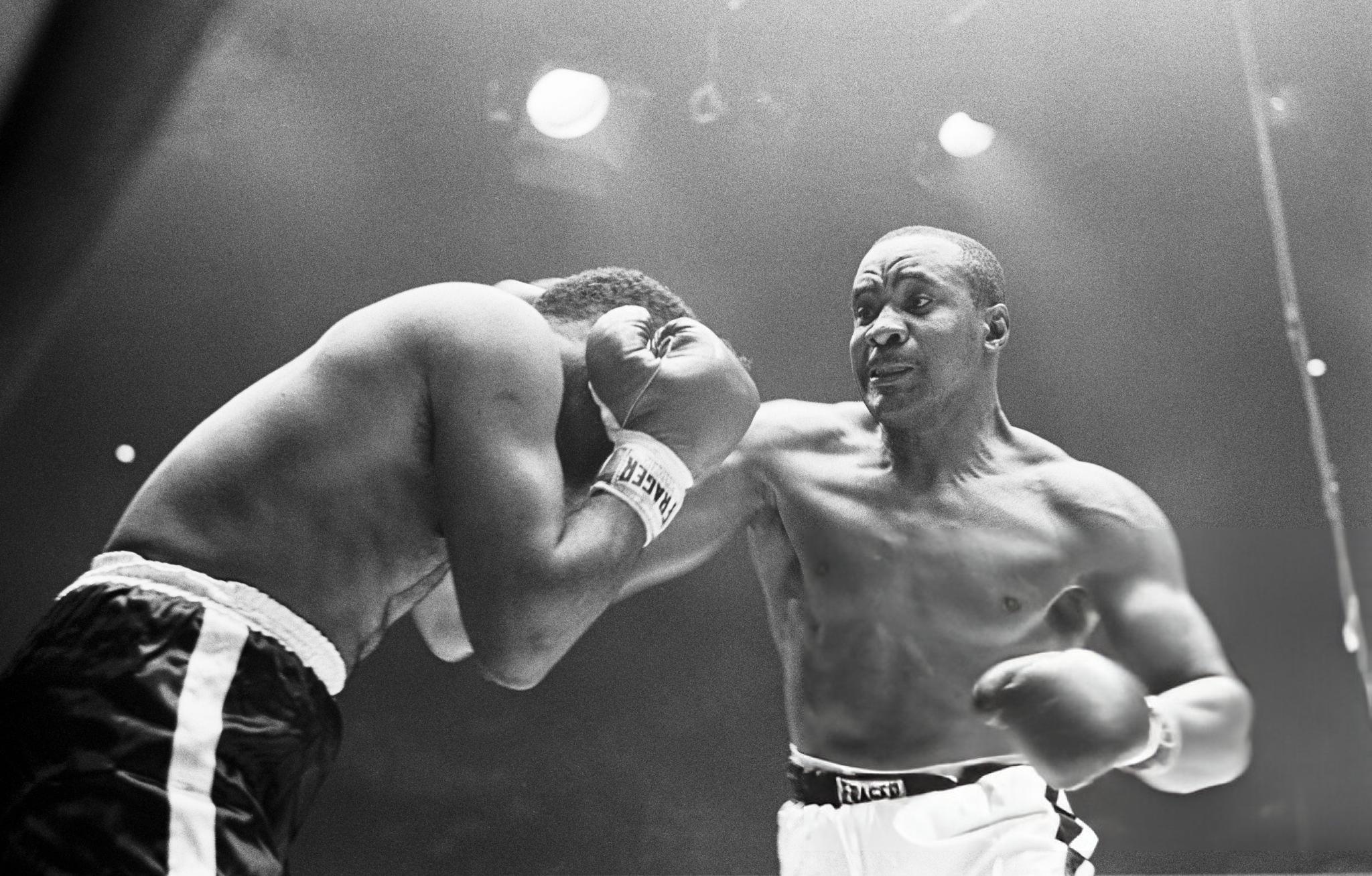
After two defeats to Ali, Liston slid into fringe bouts. Alcohol and drugs could not rob his heavy artillery: 13 knockouts in 14 wins. At 38 he dismantled Chuck Wepner over nine rounds, leaving 72 stitches on the challenger’s face. A year later Liston died under suspicious circumstances; a needle mark on his body fuels talk that the former champion was a mob casualty.
George Foreman — The Second-Wind Phenomenon
If anyone proved age is just a number, it’s Big George. Returning after a decade, the 38-year-old Foreman carried 14 kg more than in his prime but still punched like a freight train. Twenty-three knockouts in 24 fights earned him a title shot at Evander Holyfield—lost, yet respect earned. Undeterred, at 45 he knocked out Michael Moorer to become the oldest lineal champion.
Larry Holmes — The Eternal Contender
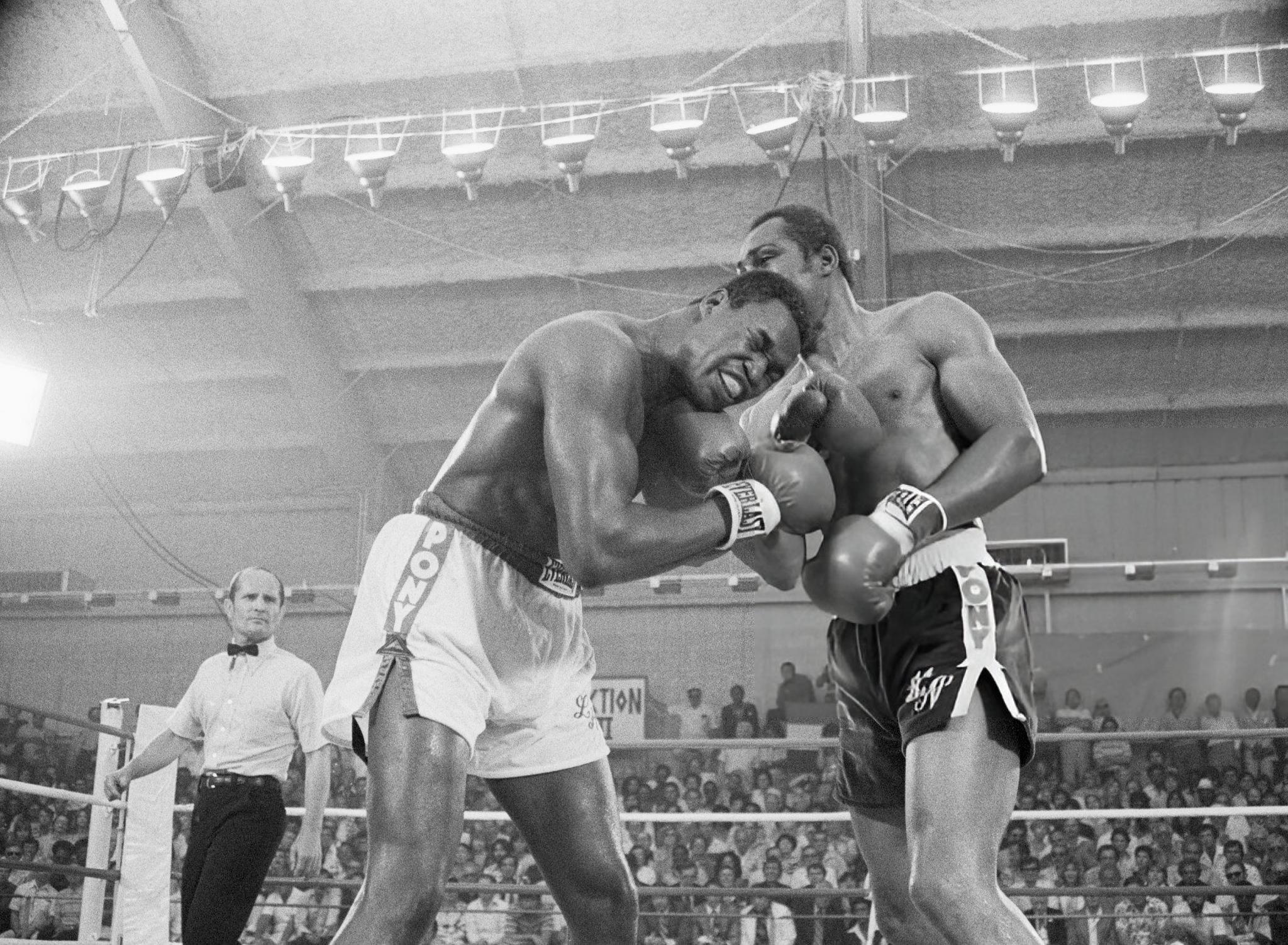
“The Jab King” retired after two bitter losses to Michael Spinks, but promoters lured him back a year later as a scarecrow for Mike Tyson. A fourth-round TKO stung, yet at 42 Holmes shocked Ray Mercer and earned another title chance. Losses to Holyfield and McCall didn’t stop him: he fought regional title bouts until 52, proving his love for the craft.
Evander Holyfield — 1990s Star and Battles With the Judges
“The Real Deal” turned 38 still wearing a WBA belt and an indomitable spirit. But he lost that title in a rematch with John Ruiz, slowed by waning speed. Defeats to Byrd, Toney and Donald tarnished his aura but not his self-belief. Athletic commissions raised hurdles, yet Holyfield fought seven more years. Many believe judges robbed the 46-year-old against giant Nikolai Valuev, denying him the record for oldest champion.
Mike Tyson — Fighting the Debt

By 40 “Iron Mike” was more brand than elite heavyweight. A loss to Lennox Lewis and bankruptcy pushed him into quick-cash bouts. At 38 he led on the cards against Danny Williams until a knee injury ended the night. In 2005 he quit on the stool versus Kevin McBride, a psychological knockout. Today the 58-year-old Tyson’s exhibition with YouTuber Jake Paul shows popularity outlasting prime form.
Vitali Klitschko — The Professor of Distance
After four years off, the elder Klitschko reclaimed the WBC belt from Samuel Peter at 37. Between 38 and 41 he made eight defenses, five by knockout. His formula: high boxing IQ, sledge-hammer power and tempo disruption. Chronic injuries couldn’t break his dominance; the fight with Dereck Chisora, shoulder injury and all, showed iron resolve. Retiring unbeaten in his “third act,” Vitali turned to politics.
Wladimir Klitschko — The Last Hegemon of the Clinch Era
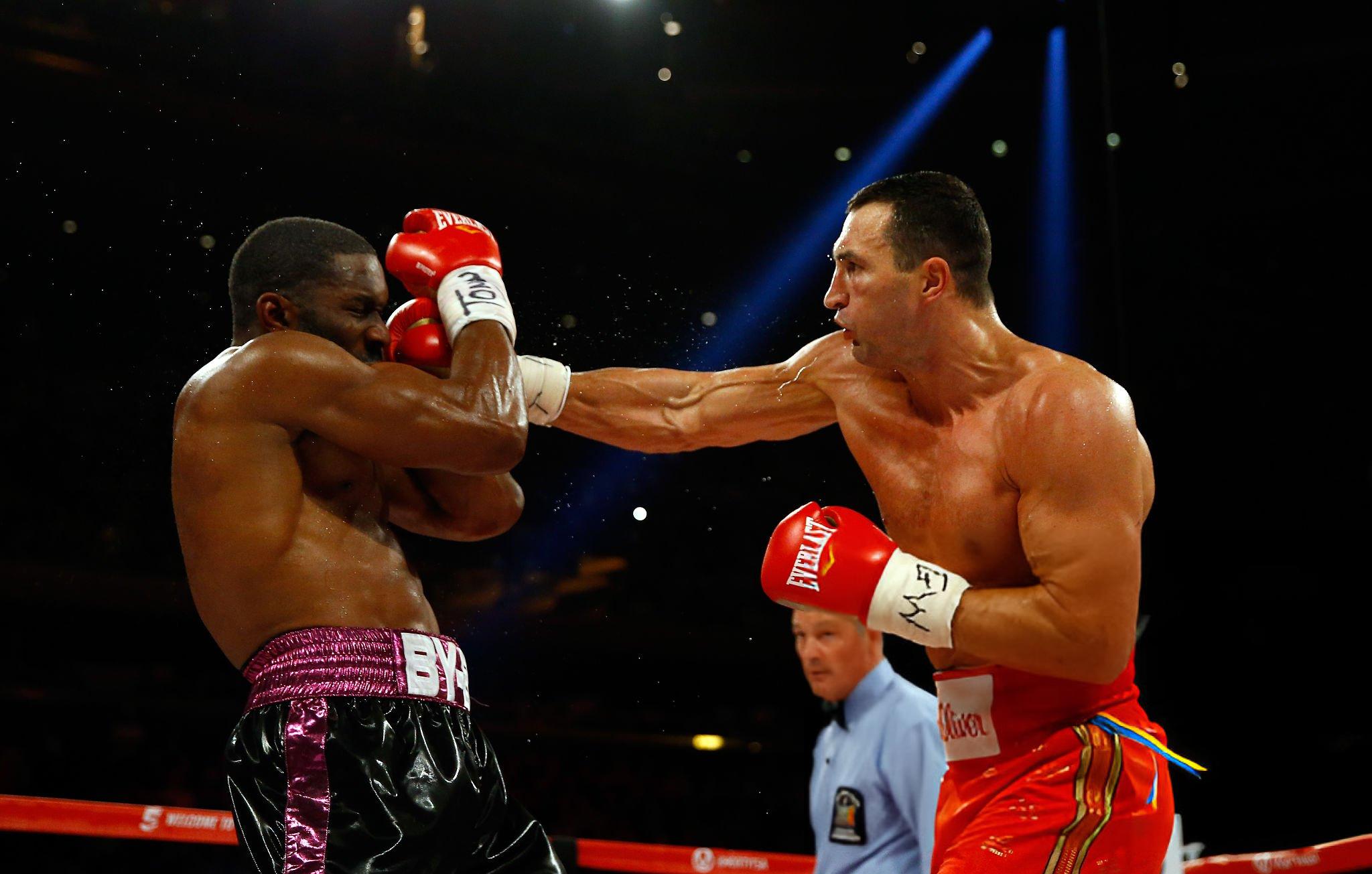
The younger Klitschko hit 38 with three major belts and a stunning win streak. He ruthlessly stopped Alex Leapai and Kubrat Pulev, displaying discipline, a stiff jab and a lethal right. A year later Tyson Fury’s upset stripped him of all titles, heralding a new era. The Wembley war with Anthony Joshua showed experience falling short against youth only in the final moments.
Alexander Povetkin — A Late Surge Through Thorns
Doping scandals in 2016 pushed the “Russian Knight” out of title contention. Discipline and smart management brought him back. At 38 he outpointed Christian Hammer, knocked out David Price and challenged Anthony Joshua. Skill and experience couldn’t match elite physicality, and he fell by knockout. Years later he flattened Dillian Whyte with a perfect left uppercut, but Covid and a rematch set the record straight.
Usyk Today — A Model to Follow

The Ukrainian reaches 38 without major injuries, crushing defeats or stylistic addictions. His footwork remains light, his combinations pinpoint. Unlike many predecessors, he came late to heavyweight and avoided the division’s brutal civil wars. A southpaw super-heavy who absorbs minimal punishment, he controls range with surgical precision.
What Unites and Divides Veteran Champions
- Functional Base: Holmes, the elder Klitschko and Usyk rely on preparation systems—aerobic work, rhythm control, intelligent clinching—more than raw power.
- Damage: Tyson, Ali and Liston paid dearly for spectacular knockouts and uncompromising styles; by 38 their bodies and minds were at the limit.
- Motivation: Foreman returned for self-realization, Tyson for debt relief. The goal often dictates the outcome.
- Fighting Style: Speed grows critical with age. Those who offset its loss with timing (Walcott, Holyfield, Usyk) stay competitive longer.
Conclusion: The Ukrainian Precedent
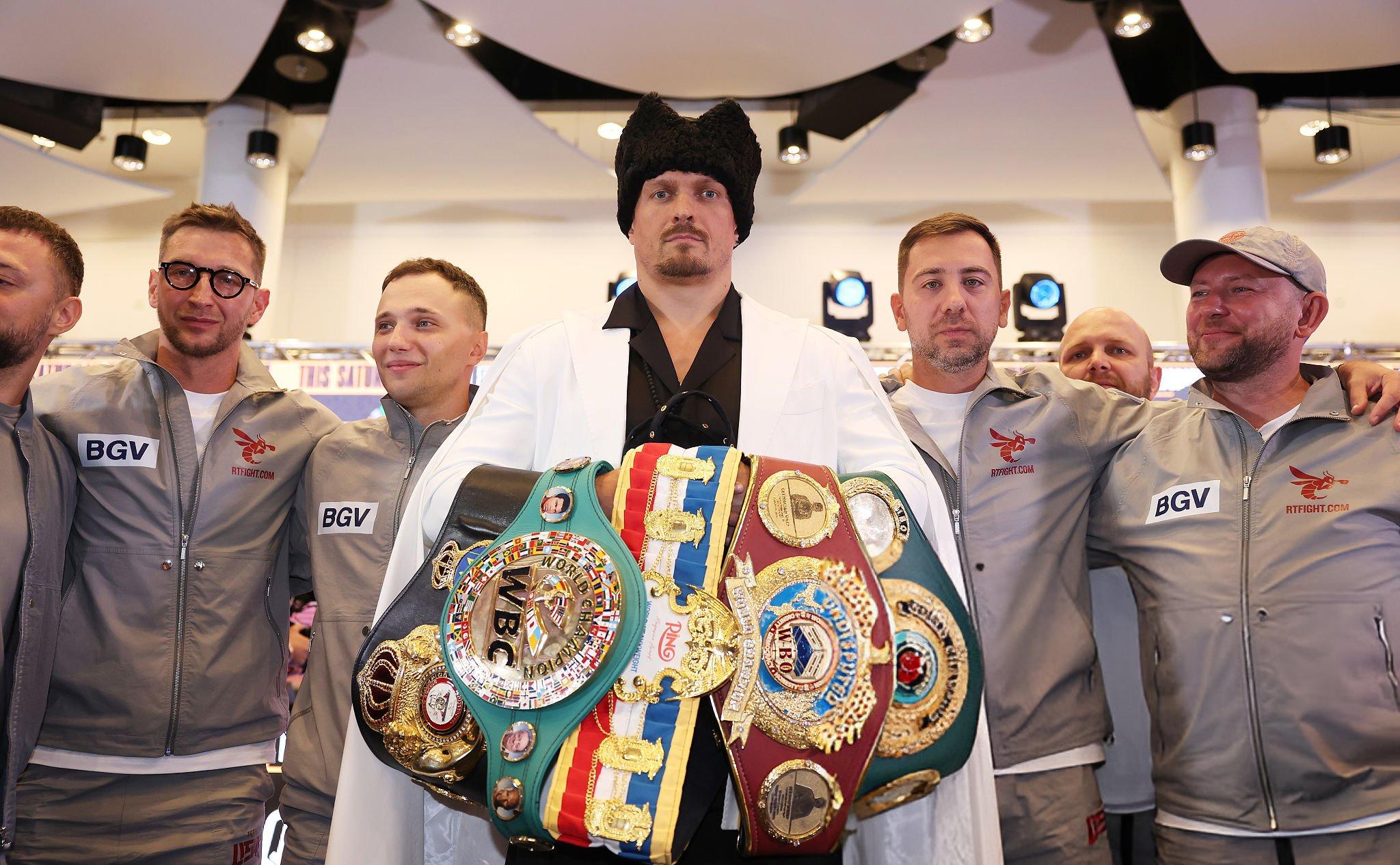
Against historical backdrops Oleksandr Usyk is the exception: he enters championship rematches not as a rear-guard veteran but as a boxer at the peak of his craft. Many heavyweight icons were forged by years of punishing wars; Usyk thrives on an Olympic foundation, refined footwork and a coolly managed career. For him 38 is no finish line but the perfect junction of experience and freshness. On 19 July the world will watch not whether a veteran can hang on, but how far athletic longevity can stretch.

